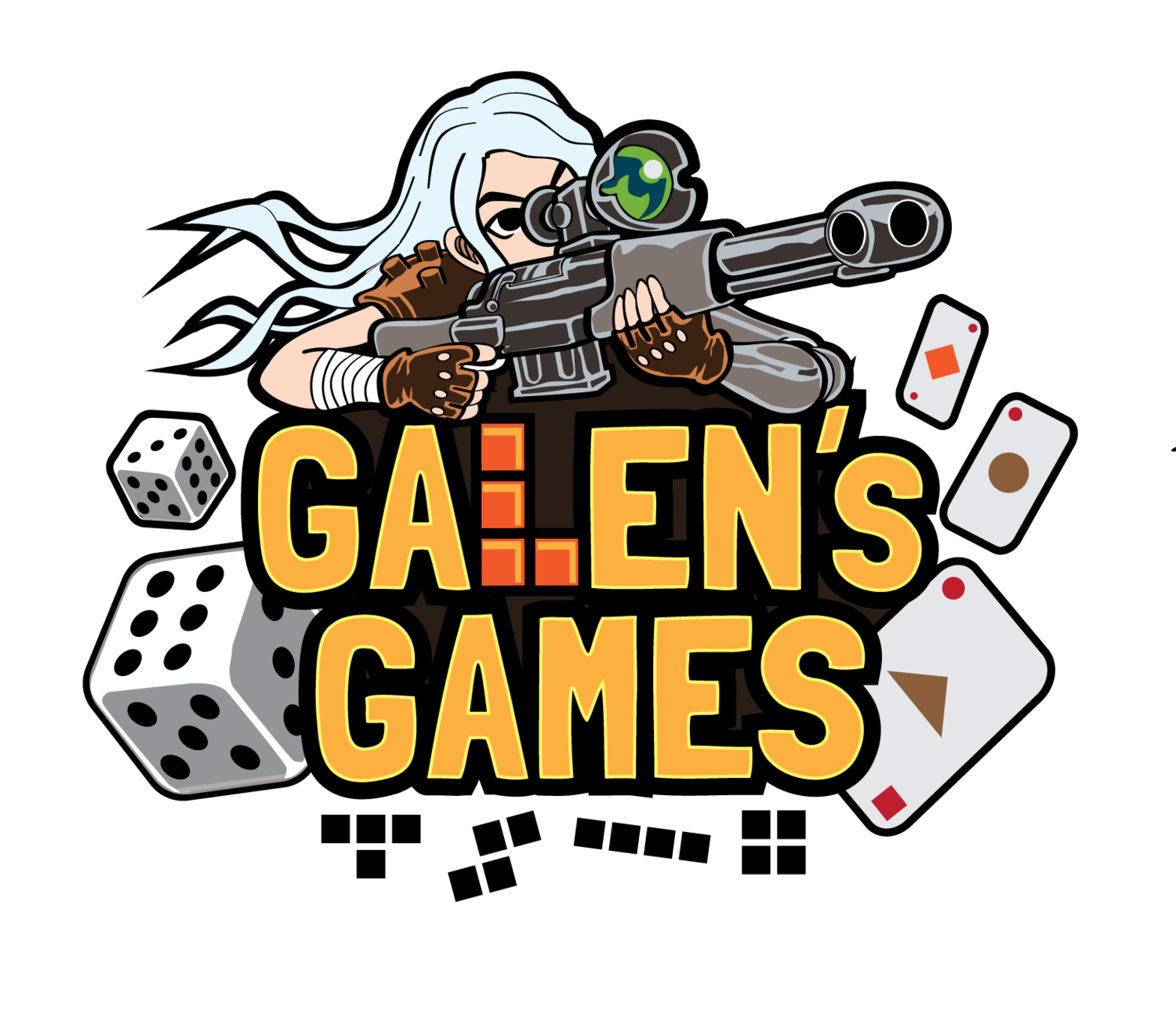Thoughts from a first time self-publisher Part 7: Licensing and 2nd Printings.
Welcome back! We are just about 5 weeks from the Kickstarter!
Best Part of my week (so far): I released a Teaser Cut of the Super Snipers Kickstarter video. It is only 18-seconds long but does an incredible job at communicating what it fun about the game. I am so happy with the work Ori Kagan has done on this and can’t wait to release the full video. I’ve also been getting in review videos and quotes and booking podcast appointments. There will be a spot in episode 71 of the Level Up podcast highlighting Super Snipers next week.
Most stressful part: Realizing I plan to launch in less than 5 weeks. I wish I was “there” in terms of readiness and just needed to wait, but there is plenty still to do!
The Numbers:
As of Wednesday at 2:30 pm compared to last week at the same time.
The Big Number: Just another $14 in postage: $22,399
FB page- 130 135 (+5)
Public Group- 102 103 (+1)
Private - 67 No Change
Pre-launch- 216 232 (+16)
Email list- 651 698 (+47)
Discord- 56 59 (+3)
TTS- 115 118 (+3)
YouTube- 18 19(+1)
And I will add my Galen’s Games Channel which seems to be growing (it’s where the ads are generated from): 157
Growth has slowed down a little bit compared to last week, but I have lots in store to pump those numbers up so I am not too concerned.
Licensing:
We last left off with a very optimistic picture of me walking away with $5,945.00 after a successful $30,000 Kickstarter and selling off of all inventory through a variety of channels.
This doesn’t have to be the whole story. There is also licensing:
When you license your game, a publisher pays you a percentage of MSRP per game and purchases enough games for a print run (1000+). They provide translations and anything else required to localize the game to their region and you use those funds to purchase the print run through your manufacturer. The publisher pays all remaining costs (freight, shipping, etc.) and you get to keep the remaining money. If you use a licensing agent, they will typically get a percentage of the profit.
While the percentage you get from licensing is smaller than what you’d get from selling directly to a retailer or distributor, there are a number of advantages that make licensing a great option:
1. You are getting into markets that you otherwise wouldn’t. True, you could do your own translations, forge your own relationships, navigate the shipping and taxes and VAT, and put in hundreds to thousands of hours of leg work to squeeze out a higher percentage per copy. But, unless you are a big publisher or have connections, that hardly seems worth it.
2. $$$. Assuming you are using an agent (recommended), you don’t have to do anything but approve the manufacturing run and accept the money. Some part of all this should be easy, right?
3. Bigger manufacturing runs. Each successive manufacturing run you do will decrease your costs and increase your profits. Additionally, if you can print these alongside your initial print run, you start to get into numbers that really decrease your per unit cost and make the entire venture more profitable.
4. It’s about people playing your game, right? I want people in China, Poland, Australia, etc., to be able to play my game and this provides the easiest avenue to get there.
I am working with Micheal Rafatopolous and the Meeples On Board crew for the licensing of Super Snipers and I double checked my above description of how licensing works with him.
Back to the projections:
Let’s say I get two publishers interested in licensing the game during the Kickstarter so that I am able to add their order to the print run. Let’s assume these are each 1,000 print runs. They pay me 15,000 each for a total of $30,000. I am now reducing my per unit cost from the manufacturer as I am doing a run of 3500 instead of 1500. Let’s say that brings it to $6 a game. That means my profit from licensing would be: $12,000. Minus the licensing agent fee, I walk away with $8,400 from this and an additional $2,000 in savings on manufacturing from the remaining copies because of the higher volume.
Putting me at: $16,345
Second Print Runs:
If I were to reach this point where I was ready to do a second print run, I could expect to run a Kickstarter with reduced manufacturing costs (all the molds and plates have already been made), reduced advertising budget (the game would already have reviews and I would have my email list from the previous campaign), no additional art or start-up costs (I have already paid for that) and a known commodity that would be a lower risk to offer. Assuming another $30,000 KS and successful selling off of excess inventory, my walk-away amount would be closer to $25-35,000
End Result : $41,000-51,000
Reminder that this is a fantasy projection with a lot of optimistic (hopefully not unrealistic) projections and that it would probably take a couple to a few years to arrive here. But, you can see how one could squeeze out a living doing this if they have the initial investment ability (time and money; truly the unfair part) and can keep projects coming out at a steady pace.
As always, thanks for reading! What do you want to know next?
